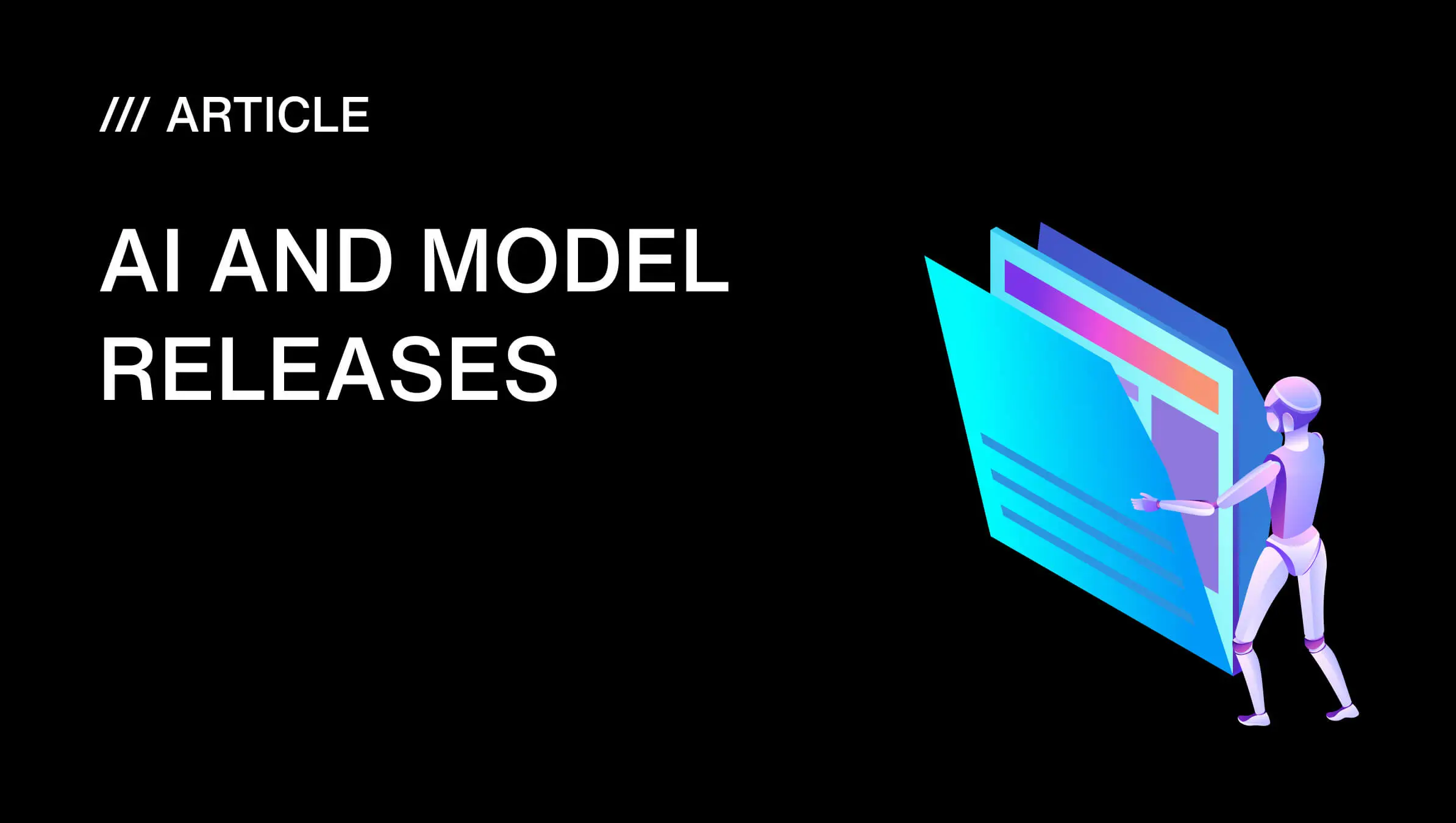Introduction
Let’s be real - AI has flipped the creative industry on its head. A few years ago, we were arguing about whether an over-edited Photoshop portrait counted as “authentic.” Now? We’ve got machines spinning out full-blown photorealistic faces and videos that look like they came straight off a studio set. Crazy, right? But here’s the kicker: if the “model” in your work doesn’t actually exist, who signs the release form? That’s the million-dollar question deepfakes, synthetic identities, and AI-generated faces have dumped on photographers, filmmakers, and marketers. And the answers? Well, they’re not simple, not yet.
What is a Model Release in Photography and AI Contracts?
Traditional Purpose of Model Releases
Think of a model release as your legal safety net. It’s the piece of paper that says, “Yep, you can use my face, my body, my likeness for commercial stuff.” Without it, you’re basically walking into a minefield blindfolded. Imagine snapping someone’s photo, tossing it on a soda ad, and then bracing yourself for the lawsuit that lands in your inbox a week later. That’s why this document has been a staple for creatives forever - it keeps you covered.
Related resource: Photography contracts and why they matter.
When Do You Need a Model Release?
Here’s the rule most pros live by: if your work is tied to selling or promoting - ads, packaging, promos - you get that release signed. Editorial or journalistic use? Usually safe. But once marketing dollars or brand logos come into play, you don’t want to be caught without that permission slip in your pocket.
The Rise of AI in Media and Synthetic Identities
Deepfakes Explained
Deepfakes are like face-swapping on steroids. AI takes someone’s face and drops it onto another person’s body, or worse, makes them say and do things they never did. Sometimes it’s lighthearted - think parody videos plastered all over YouTube. Other times, it’s dark and malicious - political manipulation, revenge porn, you name it. These situations are increasingly at the center of deepfake regulations worldwide.
Generative AI and Synthetic Faces
Then you’ve got tools like Stable Diffusion, DALL·E, and MidJourney - the “paintbrushes” of the AI era. Punch in a prompt, and poof: you get a picture-perfect human face that’s never walked the earth. Stock websites are filling up with these AI “models” and AI stock photos that look ready for the cover of Vogue, but spoiler alert - they’re pixels, not people.
Legal Grey Areas of AI-Generated Models and Synthetic Identities
Do AI Faces Require Consent?
This is where the rabbit hole really opens. If the “person” in your photo doesn’t exist, who are you getting consent from? There’s no one there to sign the dotted line. But here’s the scary part - sometimes that AI face comes out looking eerily like a real human being. It could be your neighbor, or perhaps a famous person. Out of nowhere, you're facing charges of misrepresentation or identity theft, and suddenly, lawyers are present.
Challenges with Ownership, AI Contracts, and Identity
Ownership is a can of worms too. Does the face belong to the coder who built the model, the user who typed in the prompt, or no one at all? To make things messier, these systems sometimes spit out images that are dead ringers for real people - even when that wasn’t the intent. At that point, what started as “creative experimentation” suddenly feels like evidence in a courtroom.
Model Releases vs. Synthetic Media in AI Copyright Law
Traditional Releases and Their Limits
The problem? Our traditional model release forms were written for flesh-and-blood humans. They don’t say a word about AI faces, synthetic identities, or synthetic likenesses. It’s like asking a hologram to sign a contract - makes no sense, right?
Why Current Forms Don’t Cover AI Faces
Contracts are only enforceable if there’s a real person involved. An AI face isn’t a legal entity. That means your release form becomes meaningless when applied to synthetic faces. Which leaves creatives in this weird limbo - your paperwork doesn’t cover what you’re actually doing.
Related reading: AI ethics and creative responsibility.
Legal Precedents and Ongoing Cases on Deepfake Regulations
Legal Cases Related to Deepfakes
Currently, courts are overwhelmed with cases related to deepfakes - primarily focusing on revenge porn and political misinformation. Judges typically back individuals when their likeness is exploited, but rulings vary, and the judicial system finds it challenging to keep pace with technological progress.
Copyright vs. Personality Rights in AI Copyright Law
This is where it gets messy: copyright law protects creative works, while personality rights protect someone’s image. AI blurs that line. If a generated face looks too much like Tom Cruise, even though it was AI-made, personality rights could kick in. And if you think big-name celebs won’t defend their image in court, think again.
The Ethical Dimension of Synthetic Identities
Exploitation Risks in AI Media
The darker side of this tech is brutal. We’re talking fake endorsements, synthetic porn, manipulated propaganda. Even if a lawyer tells you it’s “technically legal,” the fallout can nuke someone’s reputation - and yours along with it.
Trust and Transparency for Creatives Using AI Stock Photos
If you’re using AI in your workflow, be upfront about it. Clients and audiences appreciate honesty. Saying “yeah, this image is AI-generated” isn’t a weakness; it’s a professional flex. It builds trust, and in a world where deepfakes are already viewed with suspicion, trust is gold.
How Creatives Can Stay Legally Safe with AI Contracts
Updating Model Release Forms
It's time to revive those old release forms. Include terminology that addresses AI manipulation, synthetic media, and digital representations. It might appear too much right now, but you'll value it in the future when the rules tighten.
Incorporating AI and Synthetic Media Provisions into AI Contracts
Good clauses mention AI enhancements, synthetic likenesses, and the chance that generated faces might resemble real people. That way, if someone tries to claim you ripped off their face, you’ve got some legal armor.
Working with Legal Advisors Specializing in AI Copyright Law
And here’s the blunt truth: don’t try to lawyer this yourself. Media and IP attorneys are already elbows-deep in AI cases. Hire one. A short consult could save you years of headaches and a mountain of legal bills.
What the Future Might Hold for Deepfake Regulations
Global Laws in Development
Governments are finally catching on. The EU’s AI Act is in motion, and U.S. lawmakers are poking at deepfake bills. Expect disclosure rules, consent requirements, and maybe even penalties for using synthetic media without labeling it.
Industry Standards for Compliance in AI Stock Photos and Contracts
It’s not just governments - big players in stock photography, ad agencies, and unions are starting to set their own standards. Don’t be surprised if “AI disclosure” becomes a line item on contracts soon. Ignore it, and you risk being locked out of serious gigs.
Conclusion: The Future of AI, Deepfakes, and Model Releases
AI has forced us to rethink everything we thought we knew about model releases. Deepfakes and synthetic faces are living in a legal twilight zone where old-school contracts just don’t cut it anymore. For creatives, the path forward is clear: adapt or get burned. Update your paperwork, be transparent with your clients, and stay plugged into the legal changes rolling out. The technology might obscure the distinction between authentic and counterfeit, but your professional duty must remain clear.





